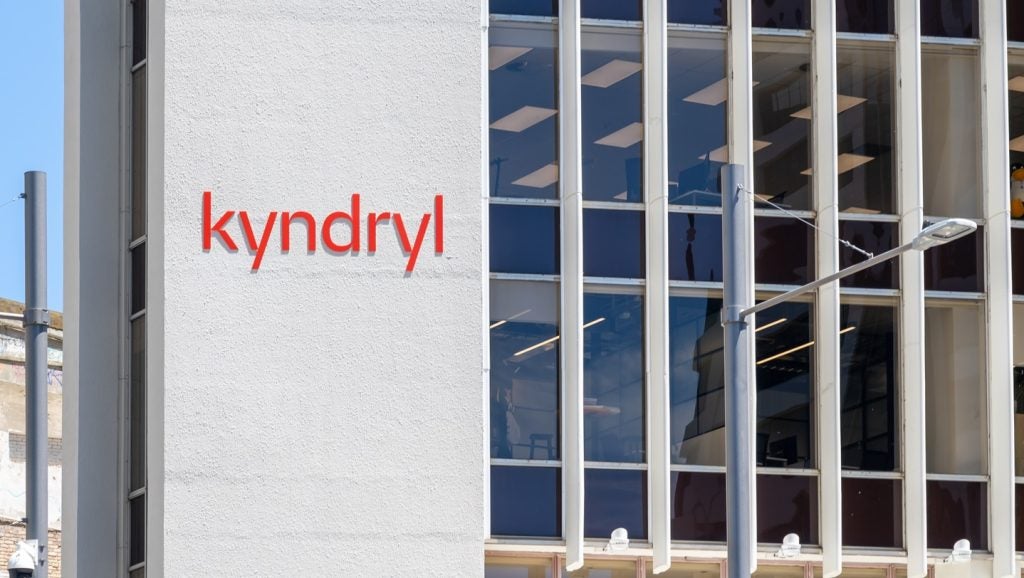
US president Donald Trump looks set to follow through with his campaign policy to build a wall between the US and Mexico, a border which spans roughly 2000 miles.
Trumps insistence on the wall’s construction has caused damage to the US’s relationship with Mexico, leading to the cancellation of Mexican president Enrique Pena Nieto’s planned US state visit.

Criticism of the plans has come from many directions, with racism and isolationism being some of the loudest opposing voices.
One concern not immediately obvious however is the environmental impact of boarder barrier.
Not only will it cross through a number of protected habitats, putting a host of endangered species at further risk, but it will be almost entirely constructed using concrete.

US Tariffs are shifting - will you react or anticipate?
Don’t let policy changes catch you off guard. Stay proactive with real-time data and expert analysis.
By GlobalDataThe creation of concrete is the third biggest producer of CO2 in the world, only beaten by transport and energy production.
For every tonne of concrete created 780kg of CO2 is created, ensuring that annually between four and five percent of CO2 produced is due to cement.
This is due to the large amount of energy needed to create the building material, but also the de-carbonisation of calcium carbonate which accounts for 70 percent of this amount.
Trump has made a myriad of claims about the height of the wall, ranging anywhere from 30 to 65 feet.
Most recently, he has been saying the wall will be 65ft, and 1000 miles long.
The wall will be constructed using precast concrete planks which are around eight inches thick, as standard.
We are looking at a colossal amount of concrete here.
Using the smallest measurements that Trump has suggested the wall would be a minimum of 30ft by eight inches, created using four foot panels.
Each panel therefore uses roughly 80 cubic feet of concrete.
The wall will be an estimated 1000 miles long, which equates to 5,280,000ft. Therefore you need 1,320,000 four foot panels. So 1,320,000 panels is 105,600,000 cubic feet of concrete.
The wall will therefore weigh a colossal 254,129,595.73 tonnes.
If every tonne of concrete creates 780kg of CO2 during production, Trumps wall will create an extra 198,221,084,669.4kg of CO2.
For a climate change denier like Trump, this may be unsubstantial, but those already suffering at the hands of erratic weather and rising sea levels, Trump’s wall has become terrifying in a whole new way.







